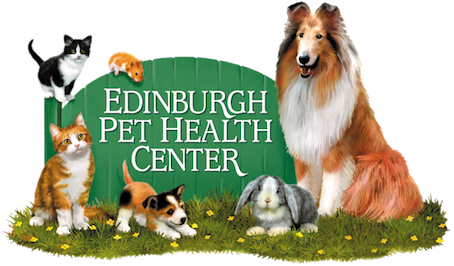Humane euthanasia: When is the right time?
The humane euthanasia for a beloved pet may be one of the most difficult choices you will ever face. We understand that it is hard to make this decision for an animal who cannot tell you what his wishes are and yet a judgment call must be made. There are emotional issues such as guilt, grief, and uncertainty as well as financial matters in choosing whether or not to treat an illness. You have questions about how to tell if the right time has come and we want to help guide you through this difficult experience so that you can be certain in the years to come that you made the right decision.
Some pets simply become debilitated by age or disease to a point where their life quality deteriorates to an unacceptable level. This does not mean that improvement is not possible, so it is important to seek counseling from your veterinarian about your pet’s condition and what could be done to improve it. However, there is a point where all the love, attention and therapies are just not enough. Saying goodbye is emotionally devastating enough without having to suffer through uncertainty in your decision.
Some people will tell you that you will simply “know” when it is time but this idea is not really fair. Determining someone else’s life quality is not completely intuitive. Does he still enjoy his favorite activities? The elderly pet does not necessarily need to continue chasing balls or jumping after Frisbees but he should enjoy sleeping comfortably, favorite resting spots, your company, etc. Is your pet eating? Basically, quality of life involves eating or at least interest in food. Is your pet comfortable? He or she should be free of debilitating pains, cramps, aches or even the psychological pain that comes from the development of incontinence in an animal that has been housebroken its entire life.
Dr. Alice Villalobos, a veterinarian who started a quality of life program for terminal pets has published a scoring system for life quality called the HHHHHMM scale (see reverse side). Having a quality of life inventory is helpful in seeing your pet’s situation in a more objective light.
We hope that this information can help guide you through this difficult process. Please do not hesitate to contact the caring doctors at Edinburgh Pet Health Center for any guidance and support needed. We are here for you.
Quality of Life Scale
Score patients on each of the following criteria using a scale of 1 to 10 (where 10 is the highest quality of life)
HURT – Adequate pain control, including breathing ability, is first and foremost on the scale. Is your pet’s pain successfully managed?
SCORE __________
HUNGER – Is your pet eating enough? Appetite is usually a good sign of vitality (please note however, some illnesses can cause an unhealthy increase in appetite such as Cushing’s Disease and Hyperthyroidism).
SCORE __________
HYDRATION – Is your pet drinking too little or too much? Many sick animals can be quite dehydrated.
SCORE __________
HYGIENE – How is your pet’s skin and coat? Your pet should be brushed and cleaned, particularly after elimination. Avoid pressure sores, urine and fecal scald and keep all wounds clean.
SCORE __________
HAPPINESS – Does your pet express joy and interest? Is your pet responsive to things around him or her (food, family, toys, walks, etc.)?
SCORE __________
MOBILITY – Can your pet get up and move around without assistance? Does your pet need human or mechanical help (e.g., a cart)? Does your pet feel like going for a walk?
SCORE __________
MORE GOOD DAYS THAN BAD – Do you feel your pet is having more bad days overall? When the bad days outnumber the good, quality of life may be compromised. Keep track of good and bad days on a calendar for close monitoring.
SCORE __________
*TOTAL SCORE __________
A total over 35 points represents acceptable life quality.
